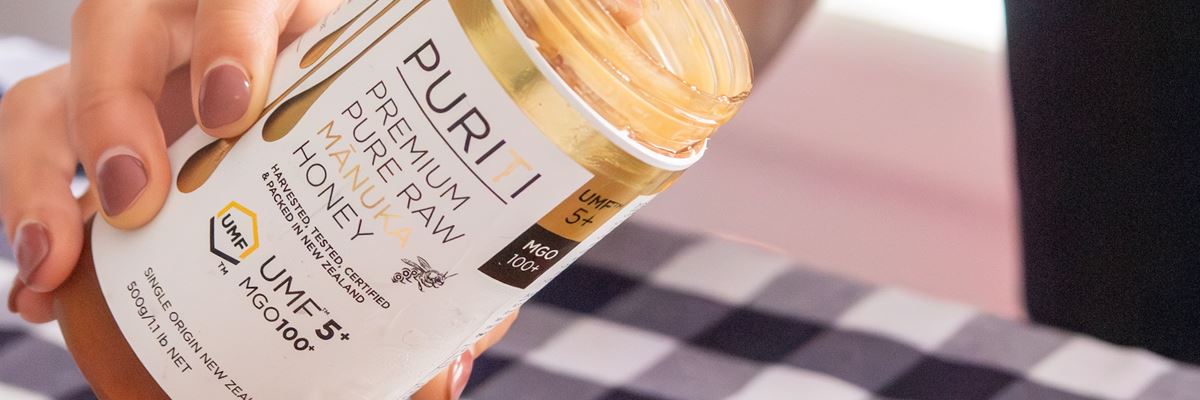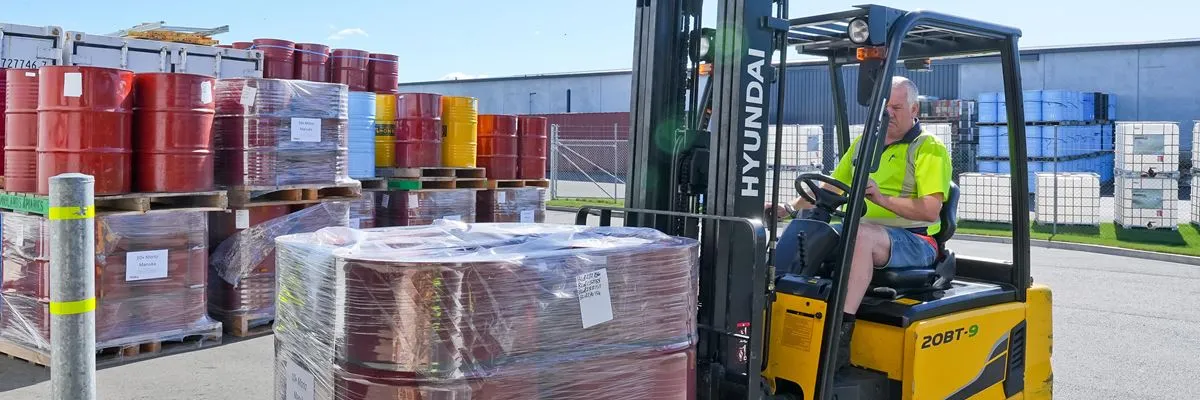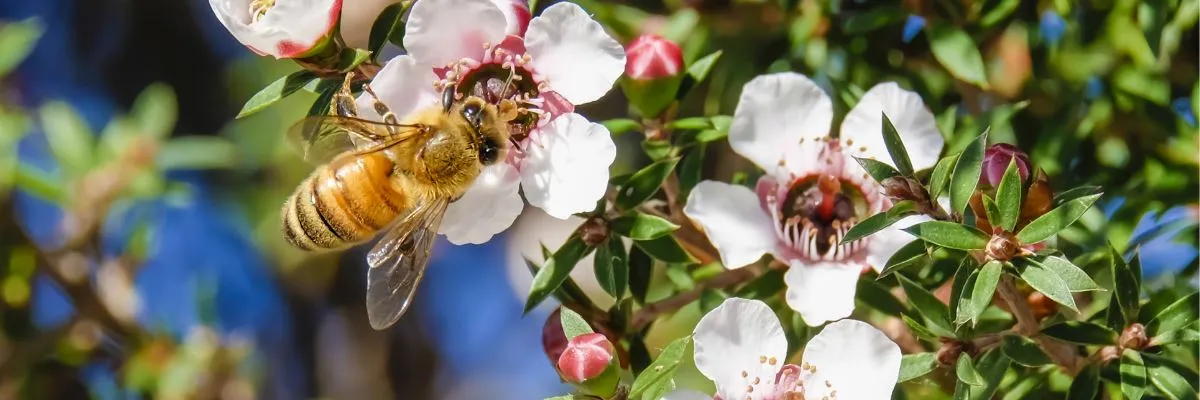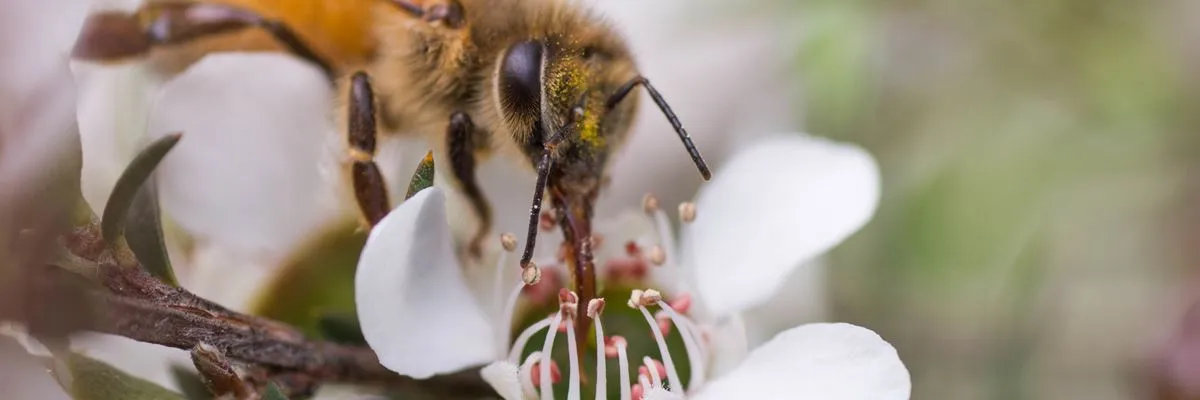The Difference Between Monofloral and Multifloral Manuka Honey
December 29, 2021
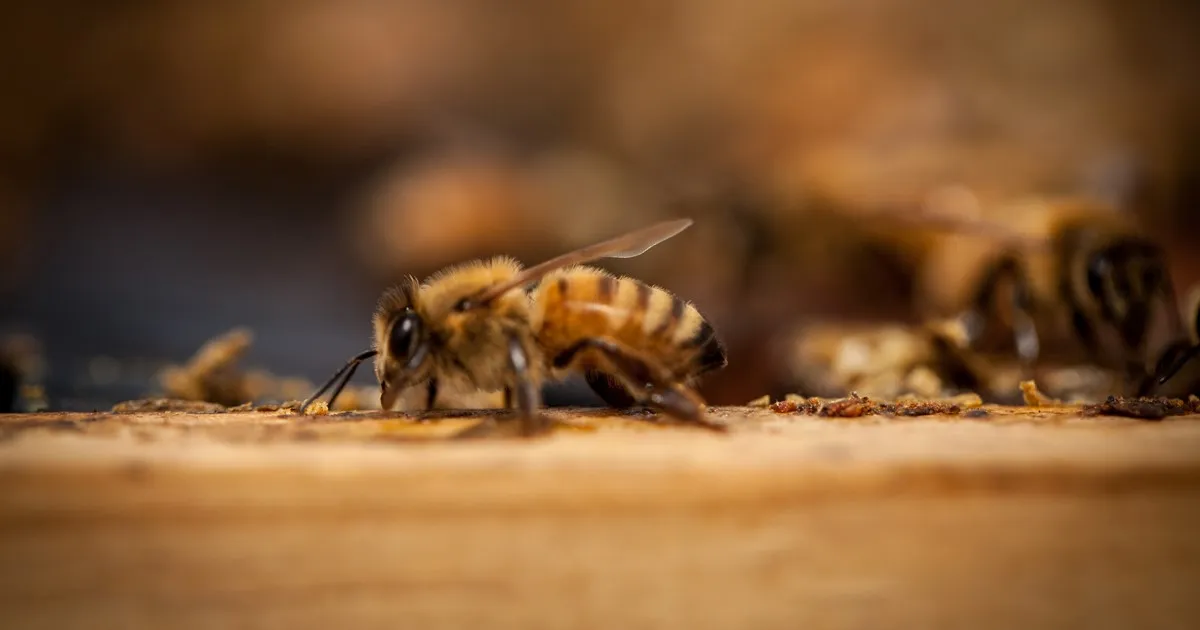
All Mānuka honey contains delicious flavours and luxurious textures; however, not all honey is made the same. Monofloral and multifloral Mānuka honey provide two different varieties with several differences. When searching for the right partner for your brand, you should align your business with an expert team in the field.
Will both Manuka honey variations give health benefits? Why is there such a focus on monofloral Manuka honey? This blog will answer these questions and go through the ins and outs of these two Mānuka honey varieties so that you know exactly what you need.
Multifloral Manuka Honey Blend
Multifloral Mānuka honey (or blend) is the term given to honey that contains some nectar from the Mānuka plant. Alongside the Mānuka nectar, several other flowers will have their nectar also present. This means the unique ingredients of the honey will be severely diluted and thus not effective.
When bees are in the wild, it’s incredibly unlikely that they’ll mostly source nectar from one type of plant. Therefore, to achieve monofloral Mānuka honey, experienced apiarists and equipment are needed. These experts can align the perfect environment surrounded by large amounts of Mānuka bushes, allowing bees to be feely produce only monofloral Mānuka honey.
There are still several uses for multifloral Mānuka honey, but it should be noted that any medicinal effects will be absent in this form. Honey is an ideal low-calorie sweetener for food and drink, and having a Mānuka honey blend allows for a delicious gold texture.
Multifloral Mānuka honey enthusiasts tend to be people who are searching for a delicious honey taste. Honey generally speaking has fewer calories than sugar, so this makes it a healthier alternative to regular cane sugar.
Monofloral Manuka Honey
Monofloral Mānuka honey is incredibly sought after worldwide. This honey must only contain the Mānuka flower’s nectar, as briefly mentioned above. Independent and accredited laboratories should undertake extensive tests to confirm genuine Mānuka honey.
The Ministry of Primary Industries has set a rigorous outline categorising monofloral Mānuka honey. This government-backed test requires five critical attributes within the Mānuka honey product. Specifically, four chemical markers and one DNA marker must be present.
While the difference between multifloral and monofloral by look is impossible, the chemical difference is immense. Monofloral Mānuka honey contains a far greater concentration of MGO (methylglyoxal) - which has been studied to have unique antibacterial properties.
Monofloral Mānuka honey is more revered by natural health advocates who enjoy the bioactive ingredients and minerals. Frequently used for topical and dietary purposes, this honey is very versatile and have been reported to bring about several benefits.
Is All Monofloral Manuka Honey The Same?
To put it bluntly, no. Although monofloral will be more filled with many more unique ingredients than multifloral variations, monofloral itself has different strengths. The level of MGO of monofloral Mānuka honey ranges from MGO 83 to MGO 1900+.
MGO levels correlate with the concentration of unique benefits. Therefore, the higher the MGO, the higher the level of antibacterial ingredients will be present. Depending on the product you wish to bring to market, you’ll need to decide which Mānuka honey is best for you.
Here are some uses for the different levels of MGO:
- MGO 83 to MGO 263: Everyday nutritional foods
- MGO 308 to MGO 514: Daily supplement or a face/hair mask
- MGO 572 and above: Wound healing and topical use
With such an extensive range of different monofloral levels, your brand has endless possibilities when using this liquid gold. If you’re looking for assistance, a reputable wholesale Mānuka honey supplier will be able to give you advice on the best honey for your products.
What Can I Do With Multifloral and Monofloral Manuka Honey?
There are so many avenues a brand can go down when seeking the perfect product. Whether you choose monofloral or multifloral Mānuka honey, there is a wide range of options for both:
Multifloral Mānuka honey product ideas:
- Desserts
- Juices
- Sauces
- Cosmetics
- Flavoured honey
Monofloral Mānuka honey product ideas:
- Raw Mānuka honey
- Skincare
- Wound healing bandages
- Lozenges
- Single-serve snap packs
Mānuka honey is constantly evolving and being featured in new products. Now is the time to get creative and expand the horizons of Mānuka honey as an ingredient. When you’re finding the ideal partner for your new business idea, you should be eyeing out those who can provide a continuous Mānuka honey supply.
Midlands Apiaries Can Provide You With Multifloral and Monofloral Manuka Honey
Midlands Apiaries is the perfect partner for your brand. Our widespread honey supply and production operations can accommodate your needs. Proudly supplying multifloral and UMF-certified monofloral Mānuka honey, we can work with you to achieve your goals.
We also offer the services of a highly knowledgeable marketing team. So if you’re looking to bring a fantastic brand to market, our team of professionals can plan a pathway to your launch. With an extensive network of honey supplies and laboratories - Midlands Apiaries can provide your business with everything it needs.
Additionally, as the largest New Zealand supplier of wholesale Mānuka honey globally, Midlands Apiaries knows a thing or two about quality. An accredited laboratory tests each batch of Mānuka honey from Midlands Apiaries for certification. We are very aware of the stringent requirements set forth by UMFHA (Unique Mānuka Factor Honey Association).
Get in touch with us today for more information about how Midlands Apiaries can make for a beneficial partner in your budding business.
references
Juliano, C., & Magrini, G. A. (2019). Methylglyoxal, the Major Antibacterial Factor in Manuka Honey: An Alternative to Preserve Natural Cosmetics? Cosmetics, 6(1), 1. https://doi.org/10.3390/cosmetics6010001
Quick Navigation
Contact our team

Steve Williams
BCom (Mgt Sc)
Seed Multiplication Sales Manager
Midlands Seed
+64 27 553 0846seed@midlands.co.nz




Hamish Finnie
BSc (Food Sc. & Hum. Nutr.)
Honey Sales - Greater China Region
Midlands Apiaries
+64 27 405 1273honey@midlands.co.nz
Nick Kerr
BCom (Hons)
Honey Sales - North America & Europe
Midlands Apiaries
+64 27 807 9849honey@midlands.co.nz
Tasman Walker
BCom (Mktg) | BSc (Psy)
Honey Sales - Asia & Australia
Midlands Apiaries
+64 27 237 6318honey@midlands.co.nz







